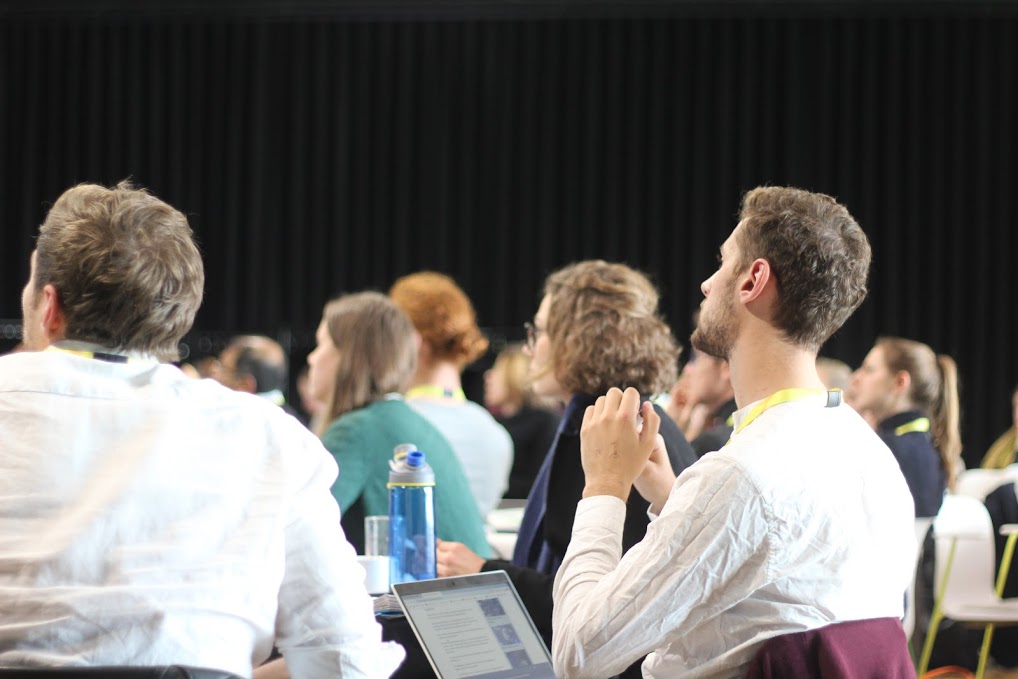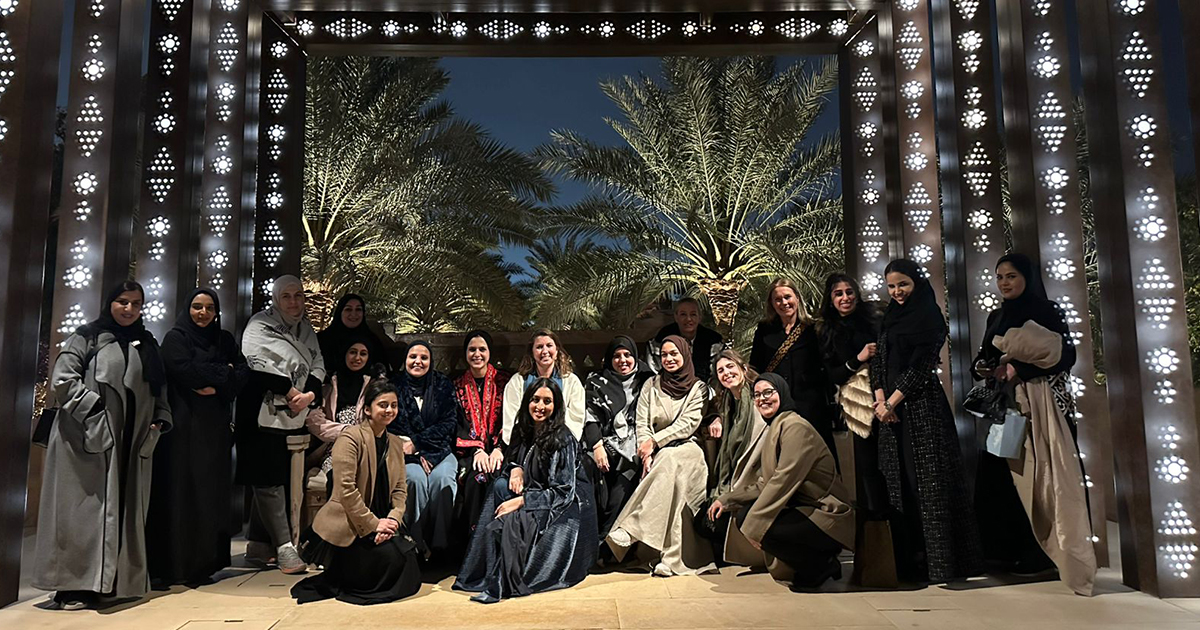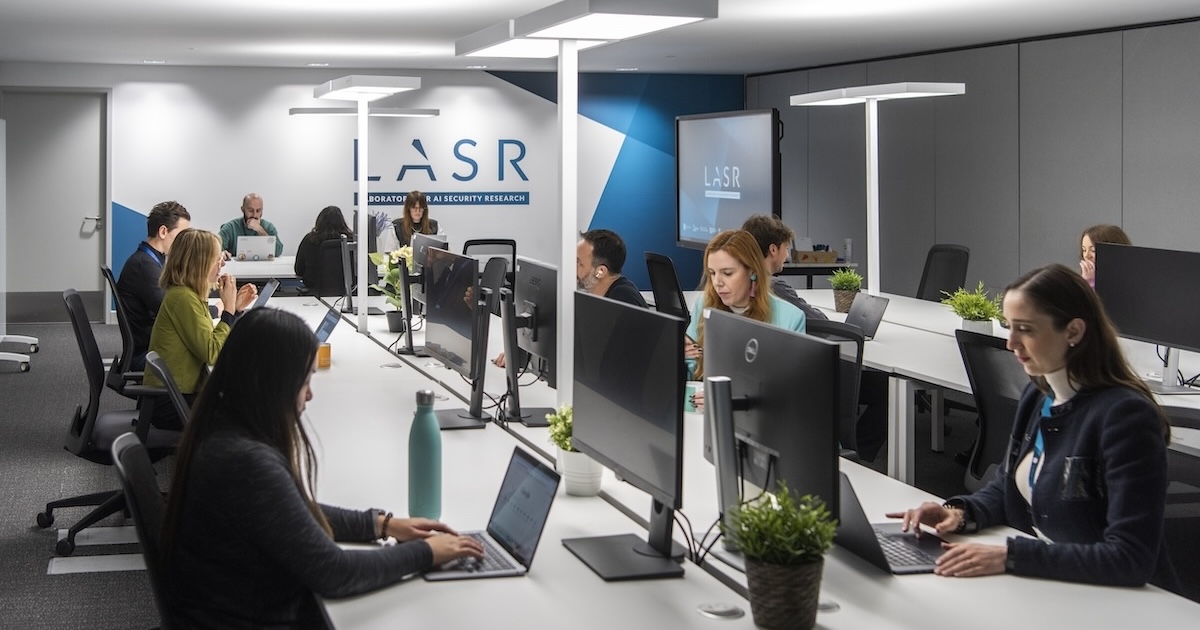From cycling buddy schemes to sharing economy solutions that address the last mile problem, Climathon London produced a slew of innovative ideas.
The brief
11am, Friday 27 October: As the sun streamed into Plexal, students, budding entrepreneurs, developers and environmentally conscious Londoners from all walks of life gathered to answer one burning question: how can we make the movement of people and goods around the park more sustainable, healthy and clean?
The brief was set by European climate innovation body Climate-KIC as part of a series of climate-based hackathons that took place simultaneously across six continents and in over 100 cities on Friday and Saturday. Each city was presented with a unique challenge to tackle and participants had to slog it out around the clock for 24 hours straight to develop a solution that they would pitch to judges the next morning.
Before they got to work, the innovators heard from Plexal CEO Claire Cockerton, who declared this “the time of the entrepreneur” and Jennifer Daothong, head of strategy and sustainability at London Legacy Development Corporation, who spoke about the dramatic transformation of Queen Elizabeth Olympic Park. In the last decade, it’s gone from being a primarily industrial area into a hub for businesses, artists and universities that boasts world-class sporting venues and new housing. “We always said that when we created this new part of London it would be fit for the 21st century,” Daothon said. “And we think that a new piece of the city in the 21st century should respect its environmental limits.”
The ideas
Pumped up by the introductory speeches, participants settled into groups and the ideas started flowing in – with the majority of teams focusing on what’s known in the transport world as the last mile: the last stretch where goods are moved from a depot to its final destination.
“We’re sorry we missed you: we hate that line”, said team Green Mile. Along with the appropriately named Last Mile team, they were inspired by the finding in June 2014 that one in 10 home deliveries failed that month. Coupled with the fact that both ecommerce’s contribution to the economy and Britain’s population are increasing, both teams pitched sharing economy based models that would see shoppers partnered with residents in the local area willing to take delivery for them while they were out. For Green Mile, the parcel guardians would be chosen based on their location, cost and ratings and they’d also be encouraged to receive deliveries in a single bundle.
Similarly, team Bundle looked at the way businesses would often receive deliveries for employees once or twice a day, asking why the same wasn’t done for residential drop-offs to people living in the same high-rise. They also explored the potential for a building ambassador programme that would see packages left with a nominated person for each block of flats.
Fuelled by bucketloads of coffee (served in sustainable keep-cups, of course), midnight food deliveries and an aerobics class as midnight approached, teams also worked through ideas aimed at getting locals walking and cycling more to ease some of the burden on public transport.
Tandem dreamed up a cycling buddy system that would help build the confidence of people currently too nervous to cycle on London’s busy roads and While You’re Here aimed to nudge people to take the scenic route and get to know their local area by calling out points of interest, events and local businesses worth checking out on a potential route. And rather than building an app from scratch, they proposed integrating their content with existing Google Maps data.
As the event got into the wee hours of the morning, many teams took it in shifts to grab a power nap wherever they could find a spare sofa or deckchair. Others pushed through, pacing up and down Plexal’s indoor high street practicing their lines or double and triple checking their figures. Finally, at 11am on Saturday, it was showtime.
The winners
After pitching their ideas and receiving a grilling from the judges (no dispensations for having had a lack of sleep here), not one but two joint winners were revealed.
The judges were impressed by team Where There, who came up with the idea for an online plugin (which could be used by estate agents, for example) that would help people decide where to live based on transport factors like how long it would take them to get to work or school, what the comfort level of the journey would be or the availability of good cycling and walking routes.
But unable to pick a single winner, the judges also awarded the top prize to team Trekko, thanks to their idea for a device that would alert cyclists when an autonomous vehicle was approaching.
The problem part of the equation is clearly evident. By 2035, up to 25% of new vehicles sold could be fully autonomous – in fact early-stage trials took place earlier this summer in Queen Elizabeth Olympic Park. But not all cyclists will be thrilled by the prospect, and as team Trekko pointed out safety is a primary concern. Tensions between cyclists and motorists are already high, but if we have any hope of keeping bums on cycling seats, cyclists have to feel comfortable with the idea of a car operating without a human steering it.
It doesn’t help when they hear comments from the likes of Renault chief executive Carlos Ghosn, who admitted last year that “one of the biggest problems is people with bicycles”. “The car is confused by them because from time-to-time they behave like pedestrians and from time-to-time they behave like cars,” he continued.
To overcome these fears, Trekko’s idea is a headband that would connect to your phone and use infrared sensors to vibrate or make a sound once an autonomous vehicle got nearby. It would also collect swathes of anonymous data on the ways driverless cars are interacting with cyclists, which could in theory be used by manufacturers to train their systems to co-exist more harmoniously with cyclists.
Explaining their concept, team Trekko said: “We believe in a future where connectivity creates harmony between diverse forms of transport to build the trust required for more sustainable and connected mobility.” They also pointed out that “every cyclist we keep on their seat will save 4.7 tonnes of carbon emissions every year” – which is especially important given London’s clean air challenges.
They might not have cracked all of the capital’s urban mobility problems in one day, but there’s clearly been a huge amount of progress.



